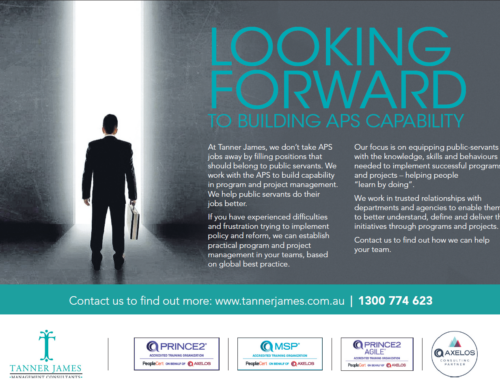The recently published 2019 PPM benchmark study by AXELOS found that project managers greatest challenge to successfully delivering projects was “Poor communication”. The study, involving project and programme professionals from around the world, found communication was a greater problem than any of a lack of skills or training, over-ambitious timeframes or senior management support.
If I’d asked the same question five, ten or fifteen years ago, I am pretty certain that communication would rank highly throughout. But why, when we have so many tools available to us to effectively communicate, is it still such an issue for project professionals? (I do also think it worth mentioning here that I don’t believe this issue is solely in project management, but much wider across organisations).
There is an argument to be had that as work habits evolve to incorporate teams located across different locations and an increase in people working from home have both contributed to a negative impact on effective communication. You could also add to this that while communication technology has undoubtedly improved in recent years, it still is not at a point to effectively replace the level of interaction a team all located in one location has. And finally perhaps the projects we are working on now are more complex and move at a much faster pace, the importance placed on good communication has lagged?
These are all valid arguments and undoubtedly have not helped with the problem But I think it is even more simple than any of these. That is, effective communication is hard.
At the centre of this, is that communication is a two way interaction; it involves both someone sharing information and someone receiving and processing that information. For this interaction to be effective it requires careful consideration by the individuals sharing the information on;
- What is the best format to share that information in?
- What is the best channel to use when sharing?
- What is the content of what I am sharing?
- What is the tone of that content or how is it presented?
- Who is receiving the information and how do I think they will perceive it?
These are just some of the considerations involved. In any organisational environment (and particularly within a project) how much of this are we taking into consideration? The sheer range of channels available to us today has perhaps led us to be lazy in how we communicate effectively; how many times do we now simply send an email when previously we would have either had a face to face or phone conversation. The problem created with many modern communication methods is that they are focussed on the push message as opposed the interaction between two parties.
Looking forward I want to share with you just a couple of my thoughts on how to improve the effectiveness of your communication (both within a project environment and in the wider organisational context).
- View communication as a two way interaction: it is perhaps no surprise that this is top of the list but it is important to understand. By seeing communication as a two way interaction you will significantly improve the likelihood of both being able to share information, and to ensure that the information is understood correctly
- Don’t assume one broadcast is enough: we often wrongly assume that because something has been sent once that it is sufficient that the message has been received. This simply isn’t the case and particularly when communicating project updates to stakeholders, it may require multiple attempts to successfully share the information you want to
- Prioritise your communication channels: just because sending an email is easier doesn’t necessarily mean it is the most effective route to take. I’d recommend creating a list of the different pieces of information you need to convey, understand the audience for each and then prioritise the channel you will use. For example certain individuals will respond differently to different channels and styles of communication
- Don’t assume the message will be received how you intended it to be: the final point I’d like to make is to try and put yourself in the shoes of the person who will be receiving the information. How will this impact them? What other priorities might they have at the moment? What is their schedule like? By understanding how they might receive your message will go a long way to help you effectively plan the best method.
I hope this post has helped frame your thoughts around effective communication. There is not one simple solution to effective communication and this is perhaps why today it still causes so many challenges for project professionals and the wider organisation.
If you are interested in reading the full PPM benchmark study you can download the full report from the AXELOS website. Tanner James was delighted to be able to support the research and I hope that you find some interesting insights from the piece. We’ll publish another blog post in the coming weeks on another key finding so stay tuned for more content.






Leave A Comment